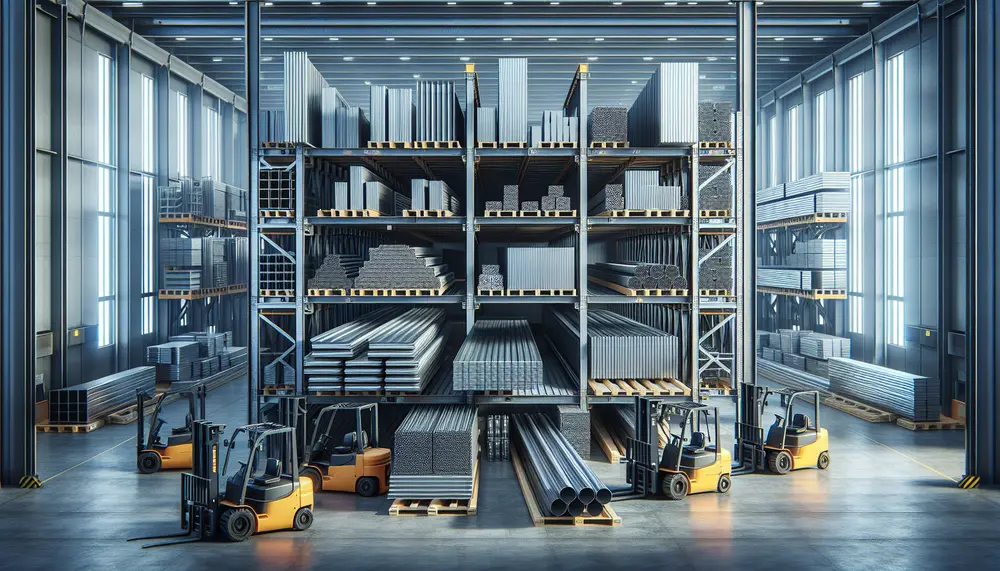Elasticity
Elasticity
Was ist Elasticity in der Stahlherstellung und im Stahlhandel?
Der Fachbegriff Elasticity steht für Elastizität und ist ein zentrales Konzept in der Stahlherstellung und im Stahlhandel. Doch was bedeutet das eigentlich?
Die Bedeutung von Elasticity
Einfach ausgedrückt, beschreibt die Elasticity oder Elastizität, wie ein Material auf Veränderungen reagiert. Im Kontext der Stahlherstellung bedeutet dies, wie ein Stahlstab oder eine Stahlplatte sich verformt, wenn eine Kraft auf sie einwirkt. Wenn der Stahl sehr elastisch ist, kehrt er nach Entfernung der Kraft in seine ursprüngliche Form zurück. Ist er weniger elastisch, bleibt eine dauerhafte Verformung zurück.
Elasticity in der Praxis
Ein Beispiel zur Veranschaulichung: Stelle dir vor, du biegst einen Stahlstab. Wenn der Stahl eine hohe Elastizität besitzt, kehrt er in seine Ausgangsform zurück, sobald du die Kraft löst. Verfügt der Stahl jedoch über geringe Elastizität, bleibt eine Biegung im Stab auch nach Lösen der Kraft. Dieses Phänomen ist sehr wichtig bei der Herstellung von Produkten, die gegenüber Belastungen widerstandsfähig sein müssen.
Messung der Elasticity
Im technischen Kontext wird die Elastizität eines Materials durch den Elastizitätsmodul bestimmt. Der Elastizitätsmodul - in Bezug auf Stahl oft auch als Young's Modulus bezeichnet - quantifiziert die Steifigkeit eines Materials. Ein hoher Wert bedeutet eine hohe Elastizität und somit eine hohe Widerstandsfähigkeit gegen Verformung.
Fazit
Die Elasticity ist ein wichtiger Faktor in der Stahlproduktion und im Stahlhandel. Sie bestimmt, wie gut das Material Belastungen widerstehen kann und ob es seine ursprüngliche Form nach Anwendung von Kraft beibehält. Die Bestimmung der Elasticity, zum Beispiel durch den Elastizitätsmodul, ermöglicht eine präzise Kontrolle über die Eigenschaften des hergestellten Stahls und damit die Produktion von maßgeschneiderten Lösungen für verschiedenste Anforderungen in der Industrie.
Blog Posts with the term: Elasticity
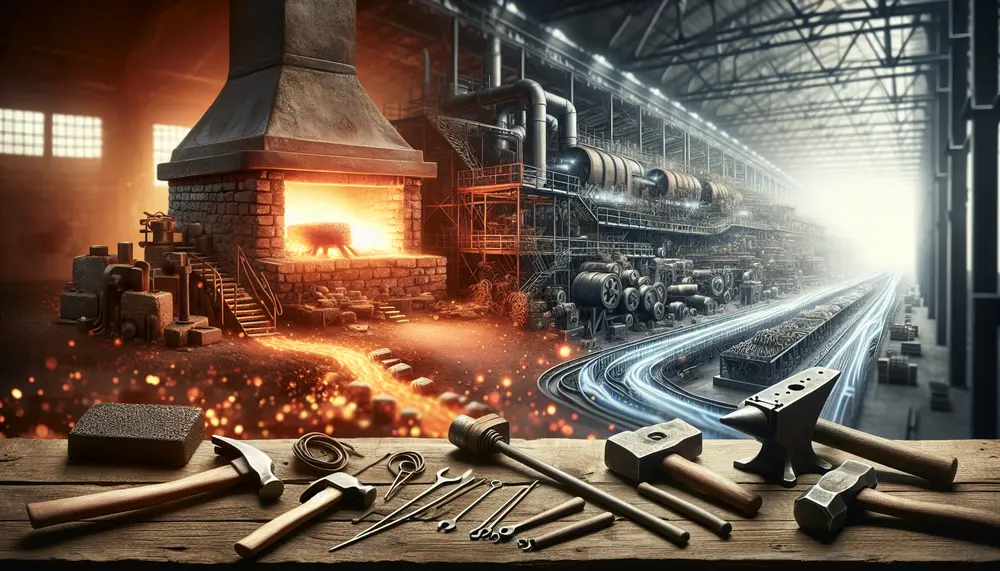
Steel's origins trace back to meteoric iron and evolved with human discovery of smelting around 2500 BCE, leading from the Bronze Age into the Iron Age. The Bessemer Process in the mid-19th century revolutionized steel production, enabling mass production and...
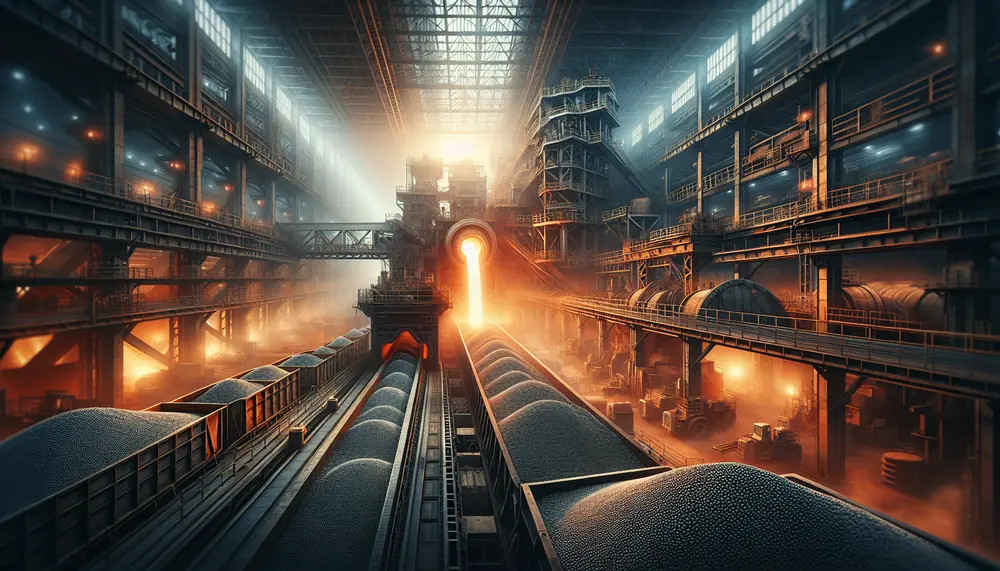
The article details the steel shot manufacturing process, from melting high-quality steel and atomizing it into droplets to cooling, sorting by size, heat treating for hardness and elasticity, conditioning for shape uniformity, tempering for toughness, rigorous testing for quality assurance...
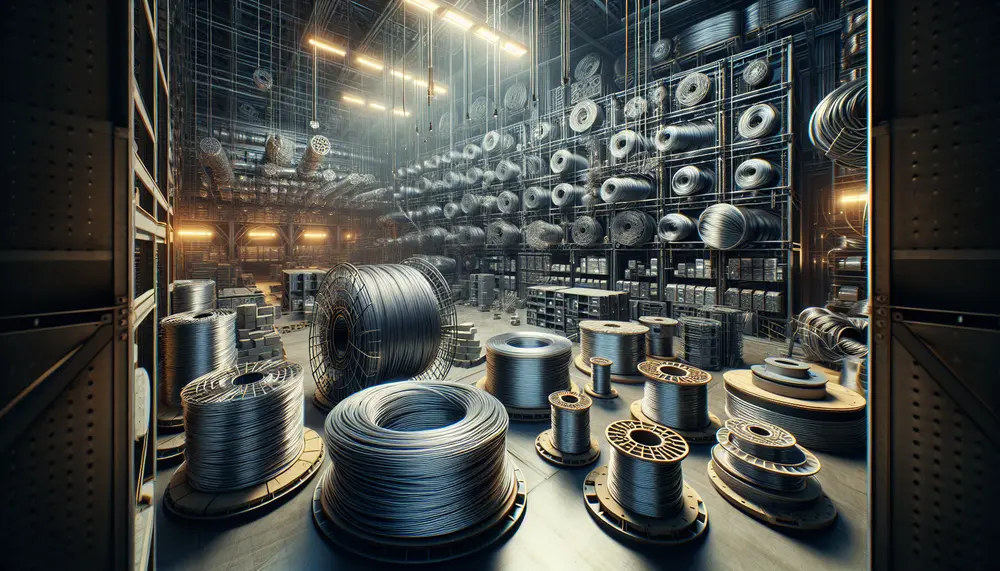
Steel wire products are known for their strength, durability, and flexibility, making them essential in various industries. They can be customized into different shapes and sizes using modern technology and made from various steel grades to meet specific needs across...

Steel making, a process that transforms iron into steel by removing impurities and adding specific elements, is crucial to various industries. The article discusses the historical evolution of steel production from ancient civilizations' techniques to modern methods like the Bessemer...
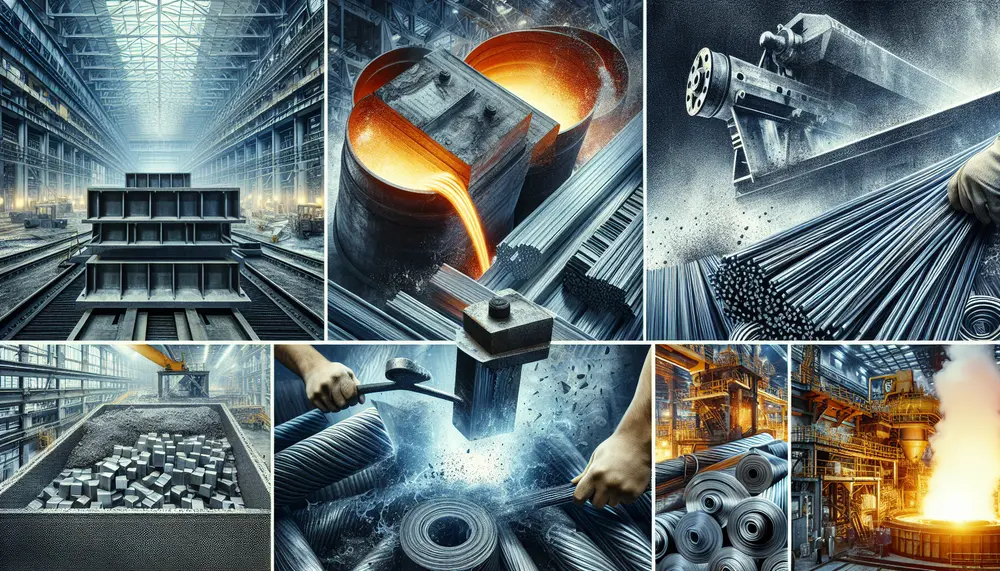
This beginner's guide to steelmaking explains the basic processes and terminology involved in transforming iron ore into versatile steel, highlighting key terms like blast furnace, continuous casting, and electric arc furnace. It details the journey from raw material to finished...
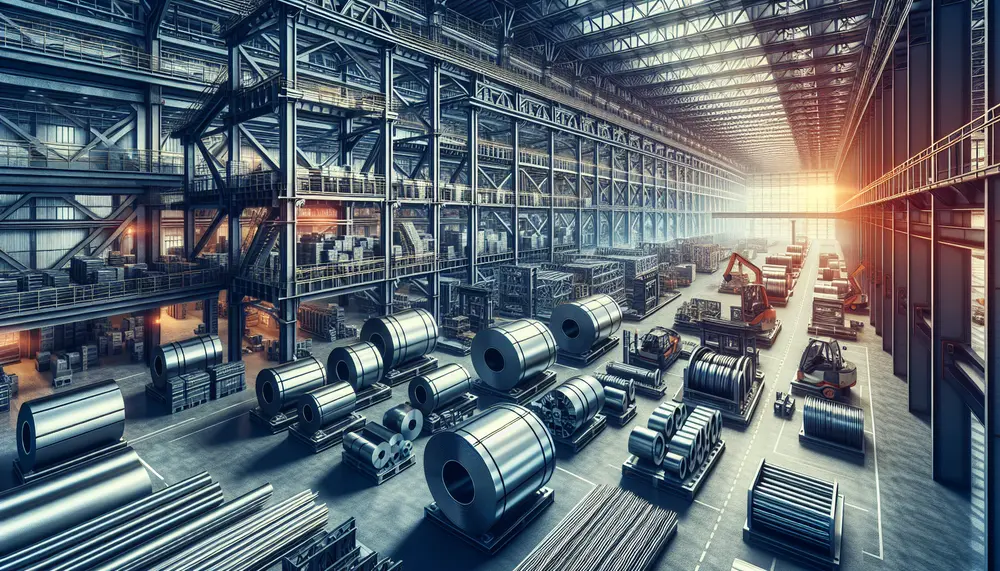
Steel tech products are essential to modern infrastructure, offering enhanced strength, durability, and adaptability across various industries. They contribute to economic growth and sustainability through innovative manufacturing techniques that improve performance while reducing environmental impact....
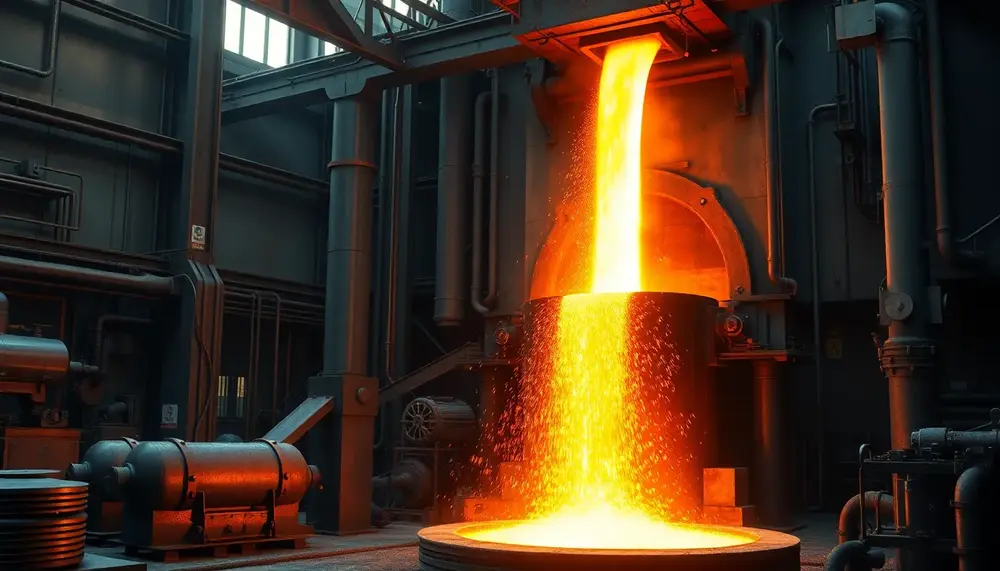
IspatGuru is a comprehensive resource for understanding steelmaking, offering insights into foundational concepts, advanced technologies like BOF and EAF processes, and sustainability. It bridges theory with practical applications while addressing modern challenges such as efficiency, environmental impact, and innovation in...

